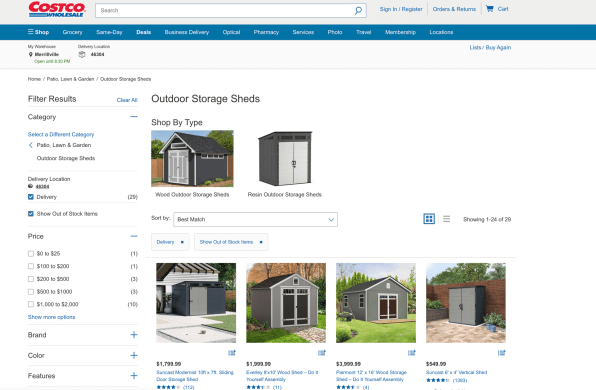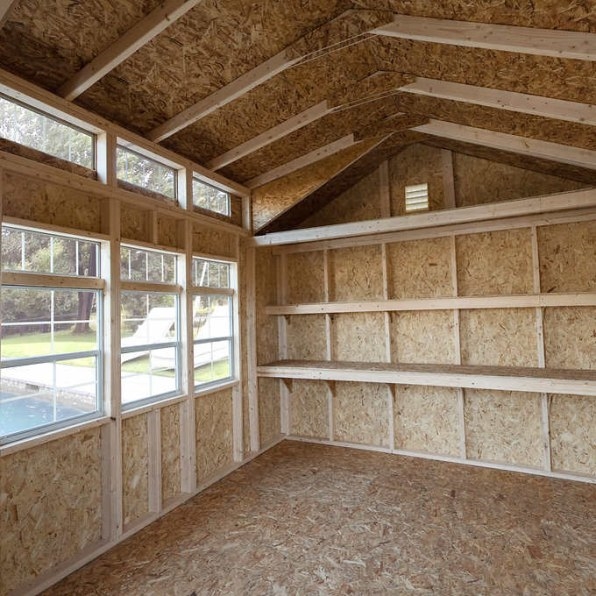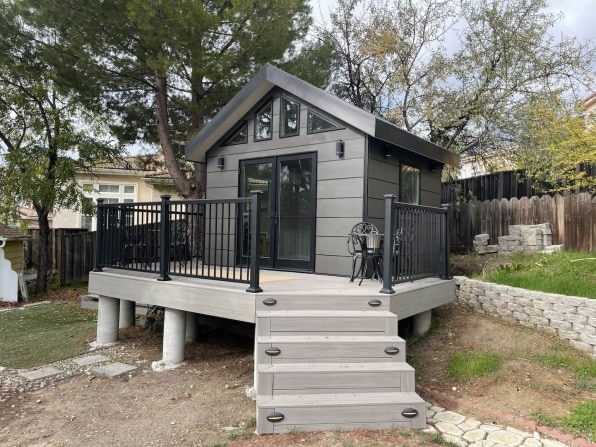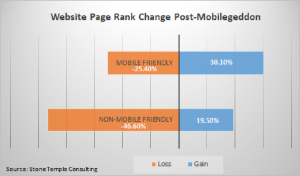With your former commute now a tiny speck in your rearview mirror, as it were, you’d be forgiven for succumbing to cabin fever from time to time. That’s what happens when you eat, sleep, live, and work under one roof.
But what if you could work under a different roof? One that’s not too far away, perhaps? And offers many of the comforts of working from home without being inside the home?
I’ve hemmed and hawed over the following three outdoor office ideas and will eventually pull the trigger on one of them. Now that spring is in swing, I thought it might be helpful to share what I’ve learned for those of you looking to relocate your own workspaces.
Convert the garage
I’ve got a nice two-car detached garage here in the Boston suburbs. It houses exactly zero of my two cars.
Instead, it’s full of boxes from two moves ago, sports balls in various stages of inflation, and my neighbor’s electric bike he asked me to store for three days some nine months ago. In other words, it’s wasted space.
Obviously, the main advantage of using the garage is that it’s already there: an existing structure on my land that’s reasonably protected from the elements.
According to Angi, formerly known as Angie’s List, the average cost to convert a garage into livable space is around $15,000. This jibes fairly well with conversations I’ve had with a handful of contractors regarding my own situation.
The big expenses are proper insulation so that it doesn’t get unbearably hot in the summer or cold in the winter, actual walls to hold all that insulation, new flooring—whether a nice slick coating over the existing concrete or something fancier—and better lighting.
Other costs to consider: upgrading the electric and proper HVAC (the smart money’s on a mini-split system to handle heating and cooling). I also keep having this dream about replacing one of the garage doors with French doors. In this same dream, however, my kids aren’t throwing baseballs anywhere near the garage, which is wholly unrealistic.
All these things add up but can probably be done over time, and if you’re handy you can do some of the more basic ones yourself.
Repurpose a shed
The cheapskate in me loves the shed option enough that I find myself perusing Costco’s shed section every time I get a marketing email from them.

The trick here is to not go too cheap on the actual shed. You’ve got to work in it, after all. That means no plastic sheds. You’ll need plenty of ventilation, and you’ll need most of the same stuff as the garage conversion—plus electrical.
Some shed companies have already figured out that what they used to build solely to house people’s lawnmowers and rakes actually doubles really well as an office. One such company is Colorado Sheds, which has a helpful primer on what it takes to make a shed livable.

The company claims the cost to convert a shed to an office can go from $2,000 to $35,000, which is quite a range. My conversations with contractors line up with the $2,000 figure, which covers pouring a perfectly level concrete pad somewhere in the yard and getting electric to run out to it.
Obviously, if you already have a suitable shed, you’re more than halfway there. But my setup would consist of buying a shed (let’s take this one at $4,000), which we’ll need assembled, insulated, powered, heated, cooled, and decorated.
I’ve been told I’d be looking at around $10,000 when the dust settles. Again, once the shed is in place, the expenses are similar to a garage makeover but on a smaller scale.
Go big with a tiny house
For when I win the lottery and/or my ship comes in, wherever it may be, I’m hoping against hope for a tiny house.
Prices are all over the map for this option but largely come down to size, optional plumbing, and potential zoning issues—which can include such factors as having to pull permits, appeal to your town’s zoning board, and pay tax on your tiny house just like you do on your regular house.
Whatever the case, you’re often looking at tens of thousands of dollars just for the structure itself. I got quoted $50,000 for a modest (bigger than a shed but smaller than a garage) backyard office with no plumbing. Prices sail past six figures if you’re looking for something really special. A guy can dream.

Check out LivPods, Drop Structures, Buhaus, and Studio Shed to get an idea of what things cost. Keep in mind that it’s not a given that pricing includes stuff like site prep (leveling the yard), assembly, running electrical to the structure, or heating and cooling. I was told to take the cost of the structure, then double it to account for everything else.
Despite the cost, this is the way to go if you’re looking for a premium workspace. Many can be custom designed to your needs and feature higher-quality materials than sheds and garages. They could also add the most resale value to your home if you manage to sell it someday to another remote worker.

(10)
Report Post







